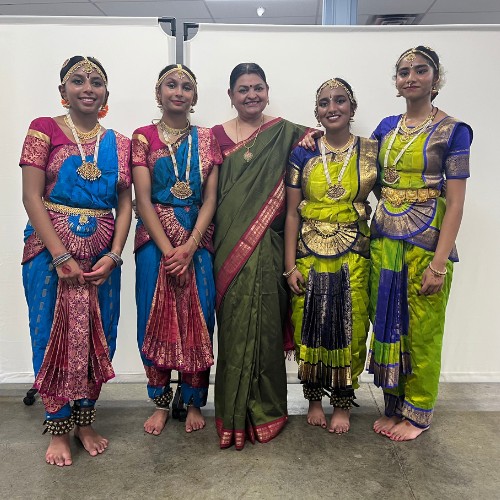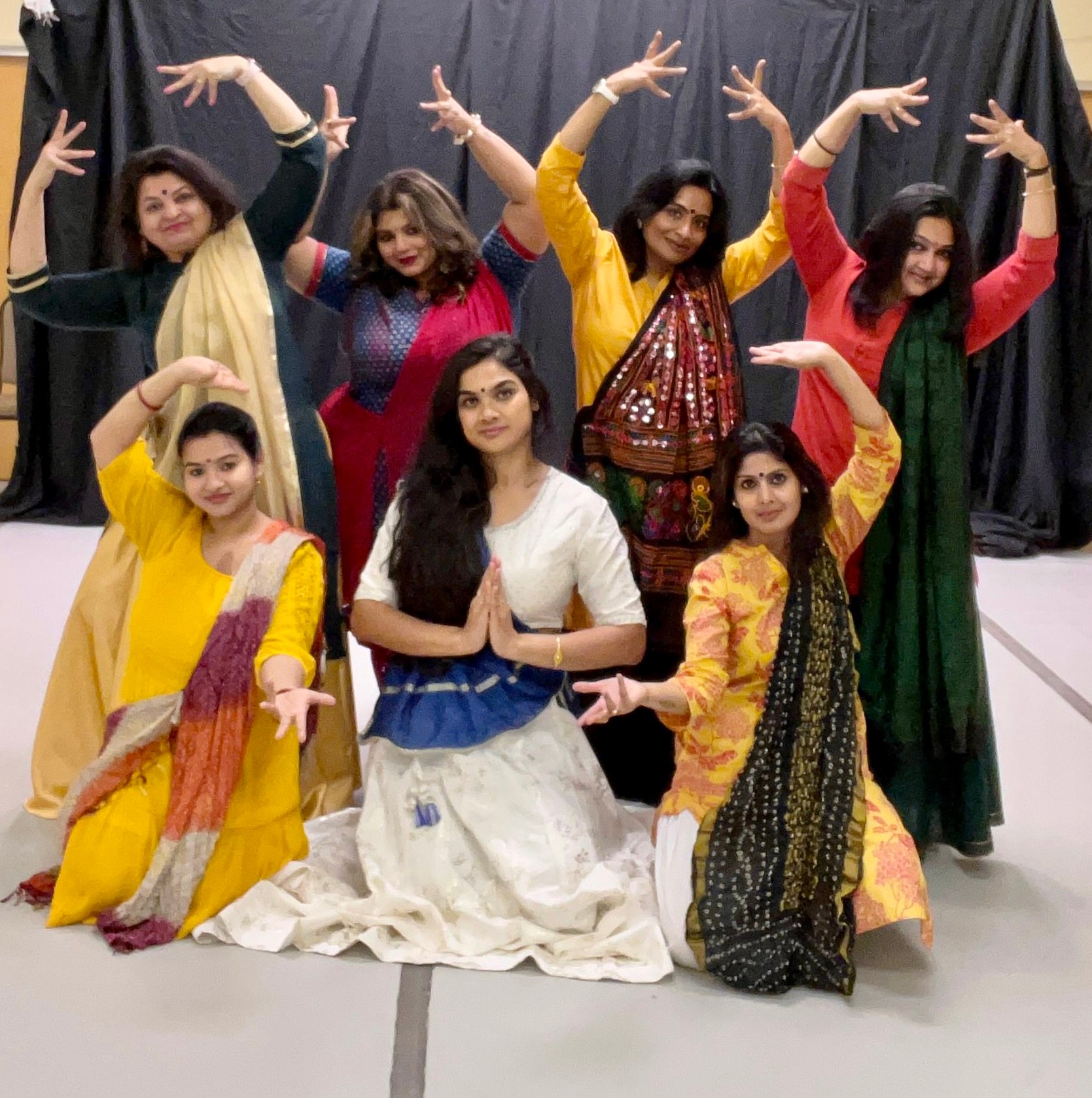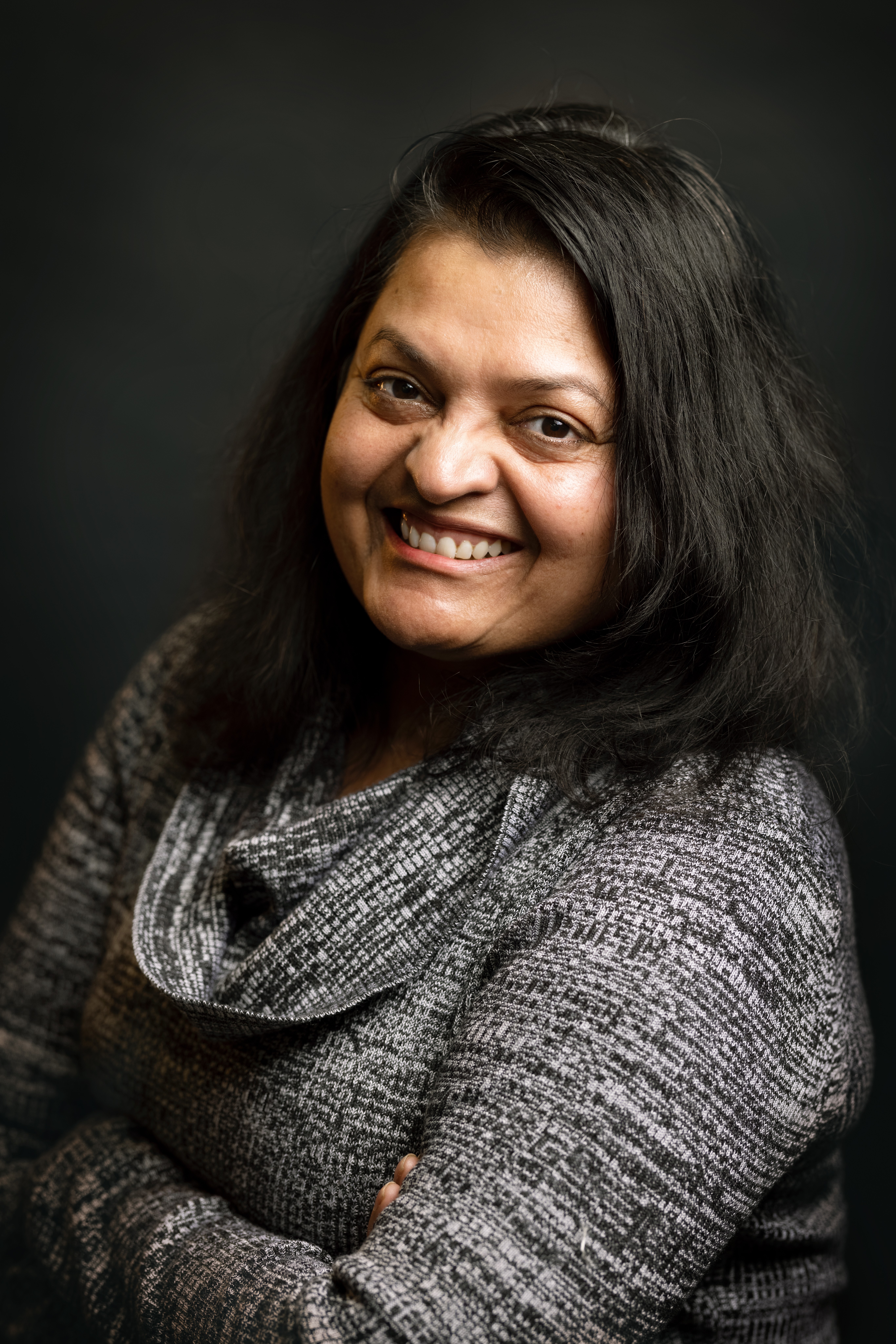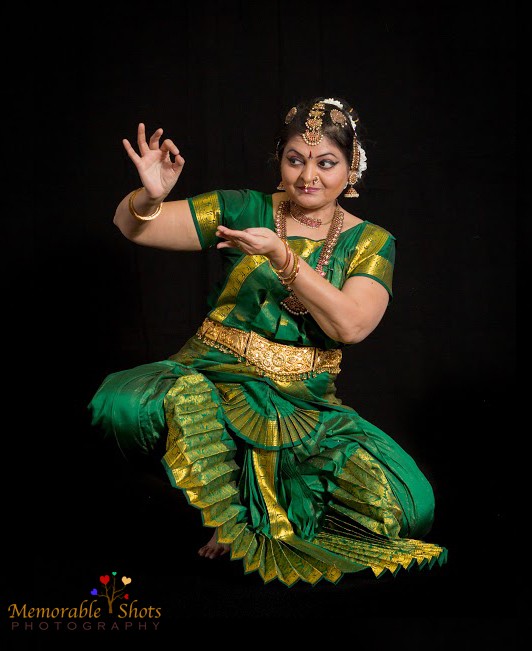We recently connected with Anupama Mirle and have shared our conversation below.
Anupama, thanks for joining us, excited to have you contributing your stories and insights. It’s always helpful to hear about times when someone’s had to take a risk – how did they think through the decision, why did they take the risk, and what ended up happening. We’d love to hear about a risk you’ve taken.
As Asian immigrants, we are expected to study and create a life that is ‘successful’. Success means economic independence, respect in society, and a family. Arts, though esteemed, does not fall in any of these buckets. So when I left a lucrative career in the sciences and quit P&G to follow my heart and run a non-profit arts organization, it was not looked at kindly as it was considered risky, foolish, disappointing, and even irresponsible.
As background, most Asian countries have struggled to become a global presence, and they have done this for the most part through aggressive investment in the sciences. Engineers, Physicians, and Scientists have brought the Asian population as the highest economic bracket in the USA. With this global presence came the interest from the corporate world to understand this segment. Asian Culture is exotic and colorful in textiles, food, and arts. This has come to the forefront in the last thirty years after the economic success. So, it is unsurprising for society to place arts on a much lower rung of economic viability, social acceptance, and priority.
On a personal note, my parents are from the era when India had just become independent, when education was the only way out of poverty, and arts had a lot of social stigma. My mother’s love for the arts was instrumental in my learning them; It was an unwritten agreement that it would never take center stage. So when I chose to make it centerstage, all hell broke loose.
Why did I take the risk? I realized early on that parents were bringing their children to class not for dance instruction but to keep a part of their heritage alive. With my husband’s support, I decided to take the plunge, quit P&G, go back to school for an MBA to learn how to run a business and incorporate the dance school as a non-profit.
Was it easy? No!! I am a science student with no experience in running a business. With no role models, I reached out to ArtsWave for direction and help and started a fantastic journey. A basement operation that at best had $100 in the checking account, we now lease a 3000 sq. ft, hopefully, survived the economic downturn of Covid and are set to collaborate with like-minded individuals and organizations to take Cincinnati to the next level in the arts.
Twenty years hence, with many students who have graduated and are interested in making art a part of their lives, we hope to be at this point where this organization will significantly impact the next generation.

Anupama, love having you share your insights with us. Before we ask you more questions, maybe you can take a moment to introduce yourself to our readers who might have missed our earlier conversations?
MISSION The mission has changed with the organization’s growth. 2004 till a year ago,
Mission: Nurture creativity through enrichment in the arts; Sustain diversity through cross-cultural experiences; Perform and enrich communities by engagement in the arts;
Arts Enhancement through curricular and co-curricular programs.
As we have transitioned into the mode of a community arts center, we are working with a strategy consultant to redefine our role in the community. ‘Become a community arts space for the Indian/pan-Asian community’ reflects our current functioning, and we may add pan-Asian based on the programming in five years.
NSPA’s goals are to:
1. Continue to identify the cultural needs of the growing Indian community in the tri-state area and create sustainable programming to serve those needs.
2. Grow awareness of Indian dance and culture in the Greater Cincinnati community.
3. Provide top-notch instruction in Indian dance to a broad range of students and provide those students
with ample opportunities for performance and certification.
4. Partner with like-minded organizations to reach cultural aspirations via collaboration, networking, and support.
NrityArpana was formed in 1999 by Anupa Mirle, a Procter & Gamble employee, after a friend asked her to teach Indian dance to her 7-year-old daughter. The first class was held in Ms. Mirle’s basement with just two students! From these humble beginnings, the school has grown to teach more than 150 students from across the Greater Cincinnati region and beyond. In 2000, Dr. Satya Majeti volunteered to become the organization’s first board member. NSPA was incorporated in 2004, just before its first major production Ritu-Seasons, which featured 70 artists from the Greater Cincinnati community. The organization received nonprofit status in 2009 and brought on Toilynn O’Neal as a volunteer to explore cross-cultural programming opportunities. In 2012, as the student body increased, NSPA outgrew its basement studio and began leasing studio space in Mason. In 2014, NSPA was selected by ArtsWave to participate in a board development program, and today the organization boasts six board members, including Dr. Majeti and Ms. O’Neal. The school has held ten dance debuts since 2010, and Anupa has been recognized for her contributions to the community by OAC (Heritage Fellow), Dada Rafiki (Eye of the Artist) and invited as a judge for inter-collegiate competitions like Midwest Masala and most recently Bollywood America and for classical Midwest level competitions in Columbus and Cincinnati.
She completed her MFA in Dance and works regionally with an artist in St. Louis and another in India to bring a curriculum-based exam/certification for classical dance form, Bharatanatyam. Most recently, Anupa and her dance school have been invited to perform at the St. Louis Soorya Festival at Taft. Anupa is the cultural coordinator for a national convention she helped bring to Cincinnati.
She has been awarded the Black and Brown Artists Award and plans to bring Indian art to the main stage through this grant.

What can society do to ensure an environment that’s helpful to artists and creatives?
The ecosystem is still being built for the minority arts. So, while what I share here may already be in place for mainstream arts, we still do not have it for minority arts. It is a little better for African American culture and heritage, and we hope to slowly become part of the larger ecosystem that supports the arts in Greater Cincinnati.
1. Access to a section of the digital media that helps promote Minority Arts. I say this as we don’t have board members connected to powerhouses to bring media to our programs. It is a cycle that needs to be broken. This will help reach the mainstream.
2. Grants that help pay for rental space. Traditional grants allow for mortgages, but most minority groups are not at the point of owning a studio.

Is there a particular goal or mission driving your creative journey?
Building a sustainable ecosystem for Asian arts is part of the drive and goal in my creative journey. We came for ‘look and see’ twenty-five years ago and did not see any Asian cultural centers. Coming from the east coast, this was a surprise as most metro areas have a dedicated multi cultural center.
Goals
1. We have yet to have a multicultural arts center in Greater Cincinnati.
2. Making a minority arts company a resident at Aronoff
Contact Info:
- Website: www.nspacincy.org
- Instagram: https://www.instagram.com/nspadance/
- Facebook: https://www.facebook.com/anupa.mirle
Image Credits
Memorable Shots Jeykumar Nattamai


